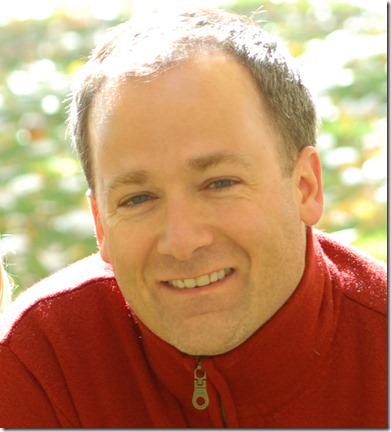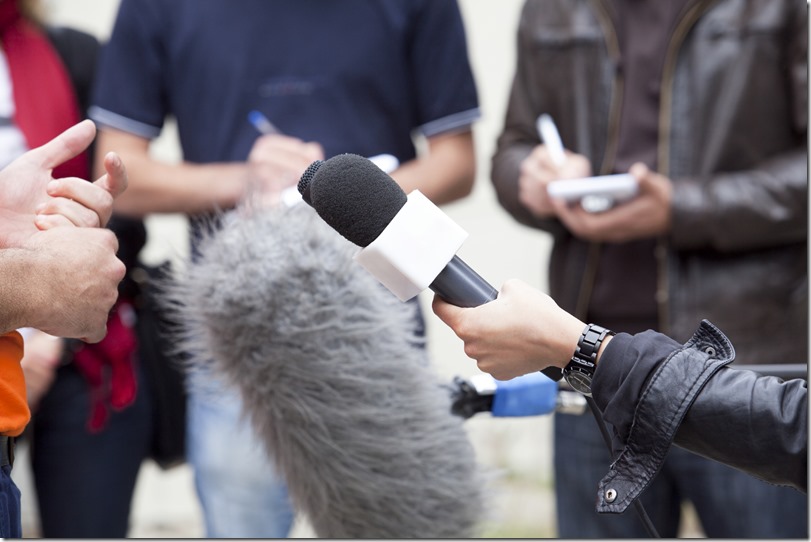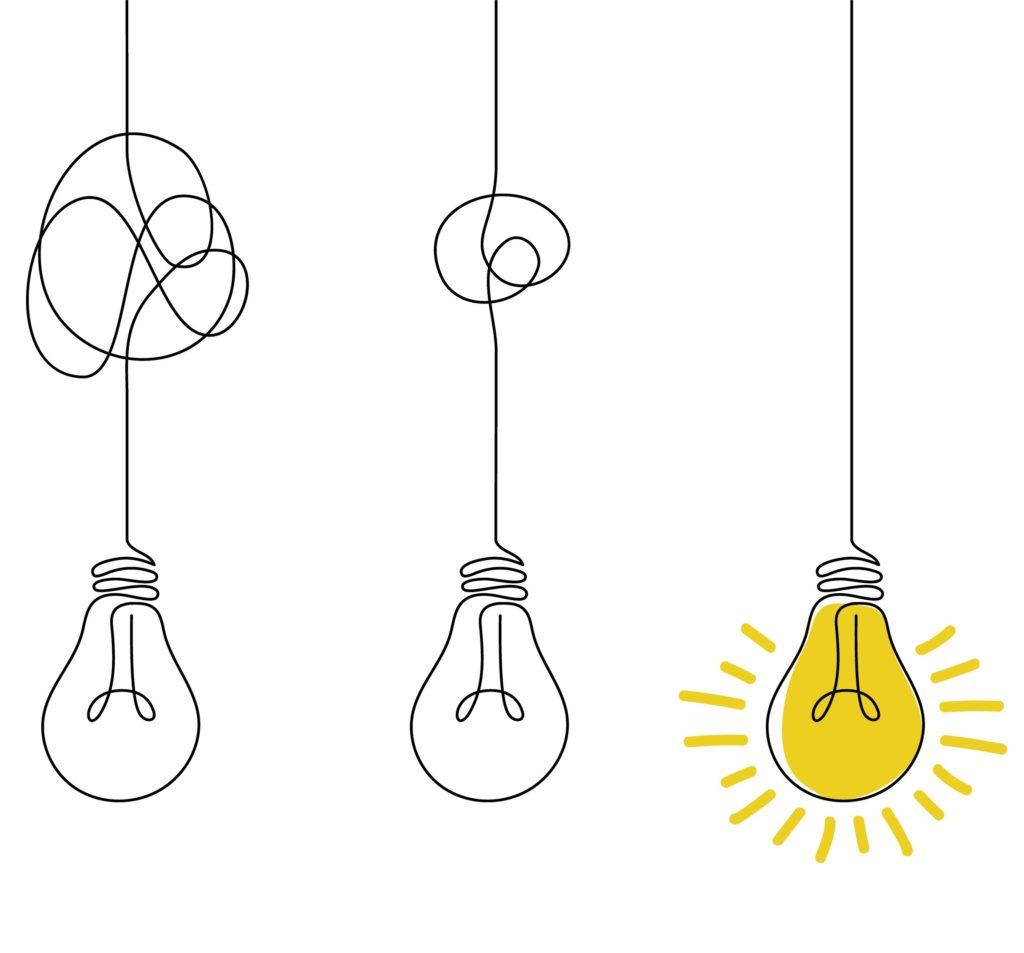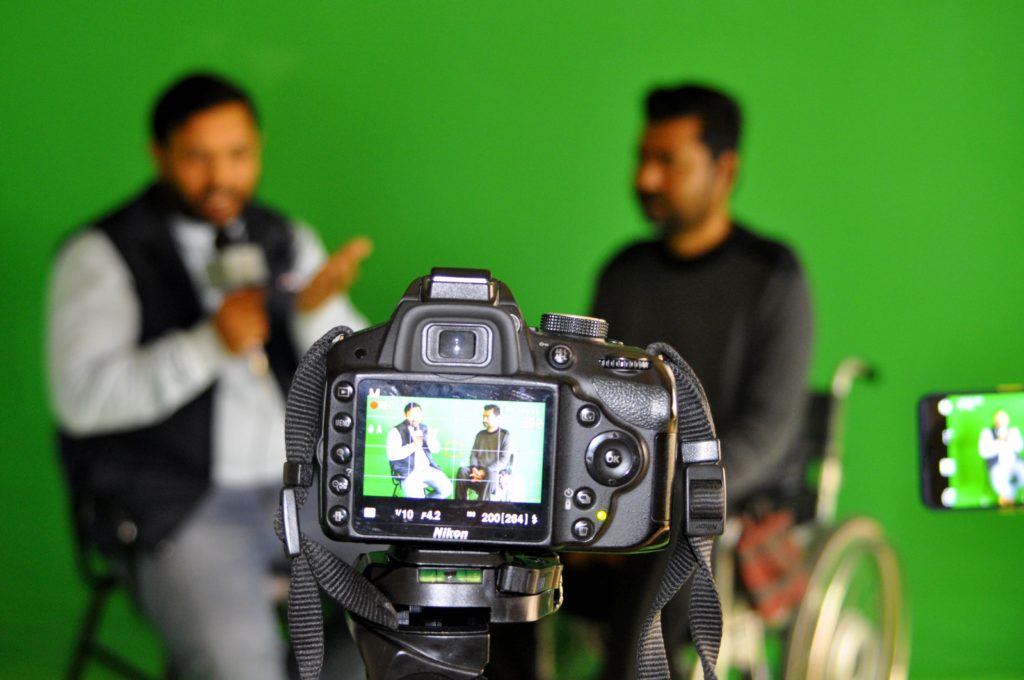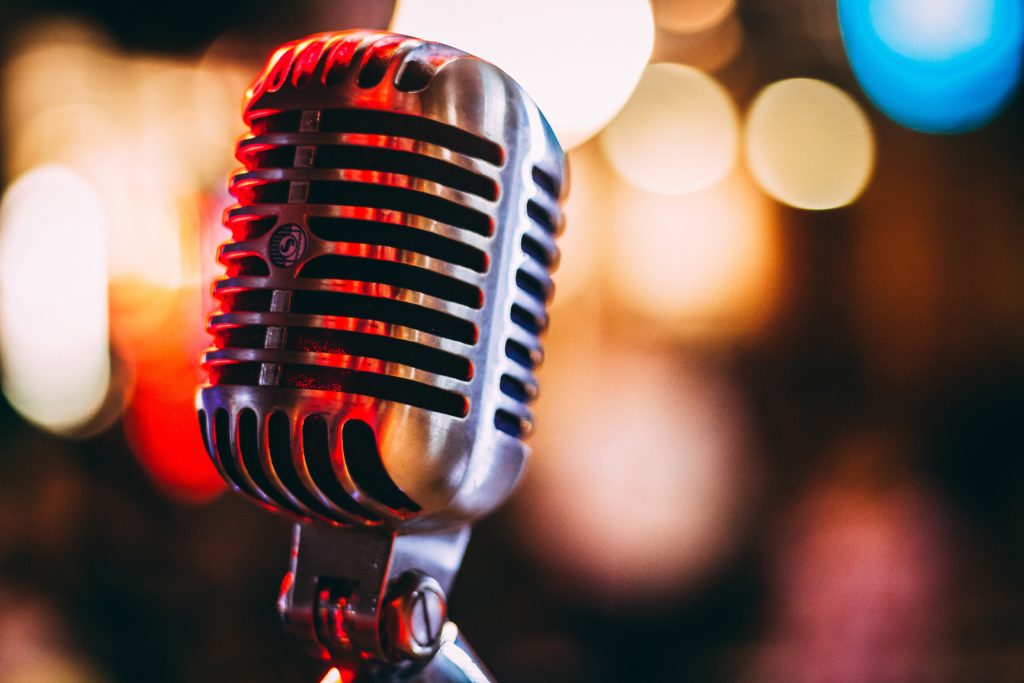Beyond The Interview: How To Influence a News Story
This is a guest post by Doug Downs, the managing partner of JGR Communications in Edmonton, Alberta, Canada.
One of the key success strategies we’re seeing from our media training sessions is a shift in focus from interview practice to non-interview practice. That’s not to say that practicing interviews isn’t the most important aspect of media training — it is. But there are some sophisticated non-interview techniques that can influence the story perspective.
First Touch
When a reporter calls on any story, it’s your first opportunity to help shape the interview. Obviously, you’ll gather their name, media outlet and contact information. You’ll also understand specifically if they want an interview or just some information. Here are a few more exploratory questions to ask that will help you plan:
1. Ask about the story they’re working on.
Keep quiet while they’re speaking. A little-known secret about reporters is they love to talk. They spend so much of their time listening to other people that when they have a chance to expand – they go for it. Ask follow-up questions and engage with them.
2. Does the story have a particular perspective?
This one is delicate. Ask it only if the perspective of the story isn’t clear from what the reporter has told you in response to question one. The reality is reporters already have a degree of perspective before they do their interviews – that’s how they’ve come to be interested in the story. Some have pre-formed opinions you can’t impact and others just have a sense of a story with no strong opinion. Either way, you’ll want to know.
3. Whom else are you interviewing?
It’s a standard question but be prepared for some pushback on this – they don’t have to tell you and some like to keep their cards close to their vest. All you’re trying to do is figure out if you’re the McCoys, are they also interviewing the Hatfields?
4. Who is the interviewer?
This one is really important. Reporters are not all the same – in fact they’re all different. Some are nice and some are not nice. The not-nice ones begin to get a reputation and can take to having their sweet-as-apple pie producer call to arrange interviews. Always ask who the interviewer will be so you can gauge the context of the discussion.
Second Touch
Within this discussion, you may come to understand the reporter wants to focus on the color blue. But you know your organization would much rather the story focus on the color red. You could instruct your spokesperson to “bridge” in the interview (i.e. “yes blue is important but equally important is red…”), but the truth is nearly all reporters and most of their audience recognize this technique far more often than we would like and will psychologically frame you as shifty.
Instead, you have the opportunity in the pre-interview discussion to just honestly tell the reporter you will discuss and engage in blue but really want the opportunity to highlight red as well.
I spent 15 years as a radio and TV reporter. Once I called the local utility regarding a consumer story focused on a customer angry about their electricity bill, which had tripled inexplicably despite meter readings to the contrary. The utility agreed to do the interview but went further, inviting me into their call center to see the operation. I saw dozens of staff speaking with customers and eventually understood the utility issued nearly a million electricity bills per month. This didn’t change the story I was doing – the customer in that case got a bad bill and bad customer service – but I later did an expanded story on the work the utility’s customer care staff was doing. What encouraged me to do this was that in the original interview the utility openly engaged in discussion about the errant customer bill and the ensuing service the customer (didn’t) receive.
They talked about blue – and didn’t try to change the conversation to red.
The pre-interview discussion is a great opportunity but I find most people are nervous about engaging with reporters at that point because they (rightly) understand anything they say may be used in the story. That’s a fair concern. On the other side of the spectrum, some people regard this discussion as a type of negotiation with the reporter. That approach can backfire badly – the engagement is delicate.
We’ve taken to practicing this initial interaction with clients to help them maximize their media relations.
Doug Downs is the managing partner of JGR Communications in Edmonton, Alberta, Canada. He has been in the media or doing media training for three decades – and yes he has met Wayne Gretzky.
